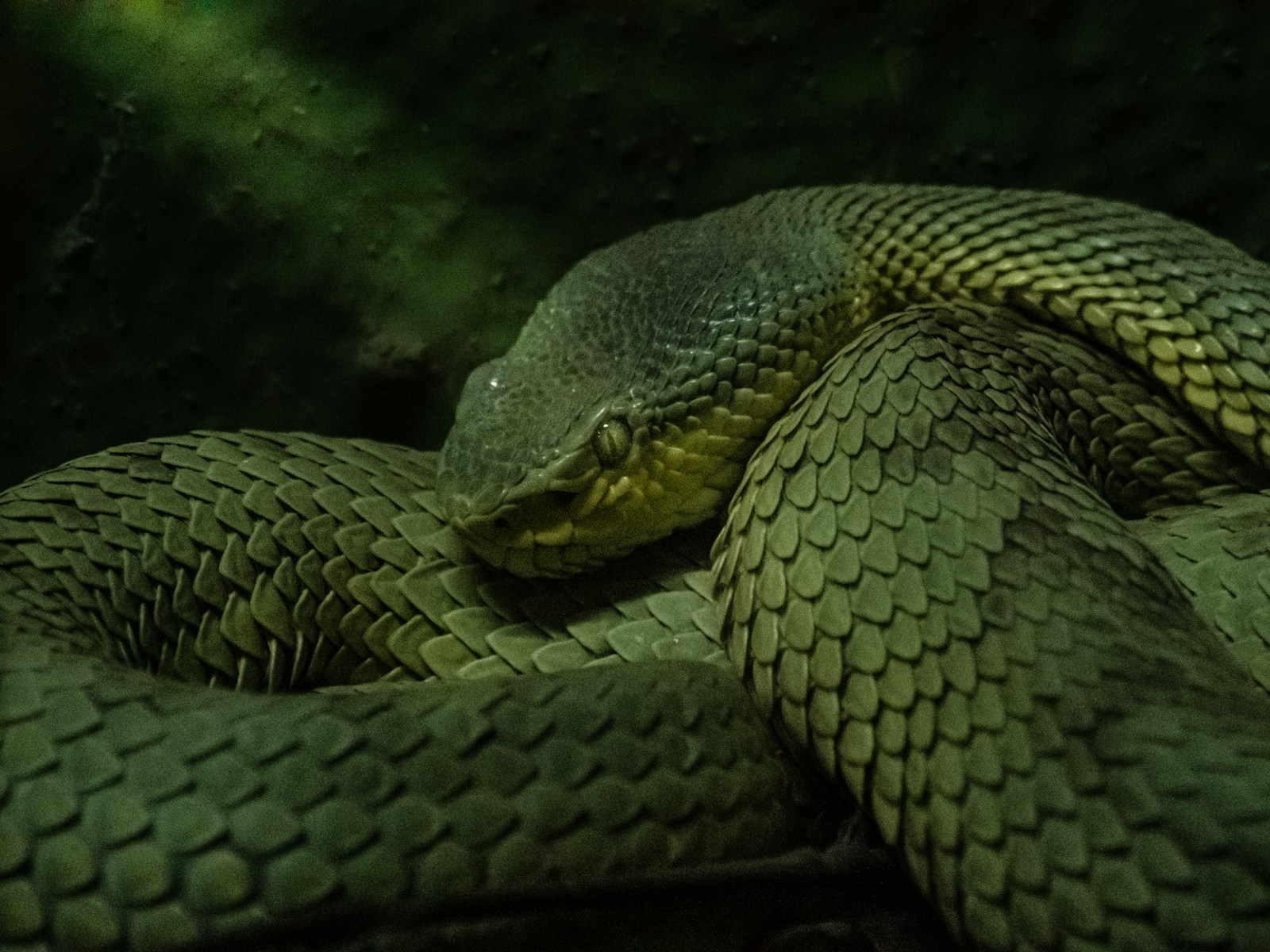In the quiet hours after sunset, a curious phenomenon unfolds in human-populated areas worldwide: snakes slithering toward artificial light sources. From porch lights to street lamps, these reptiles exhibit behaviors that seem to contradict their secretive nature. This nocturnal attraction raises questions about snake behavior, ecological impacts, and the complex relationship between wildlife and our increasingly illuminated world. Understanding why these serpents venture toward brightness rather than remaining hidden in darkness provides valuable insights into both reptile behavior and the far-reaching consequences of light pollution on ecosystems.
The Biological Basis of Snake Vision
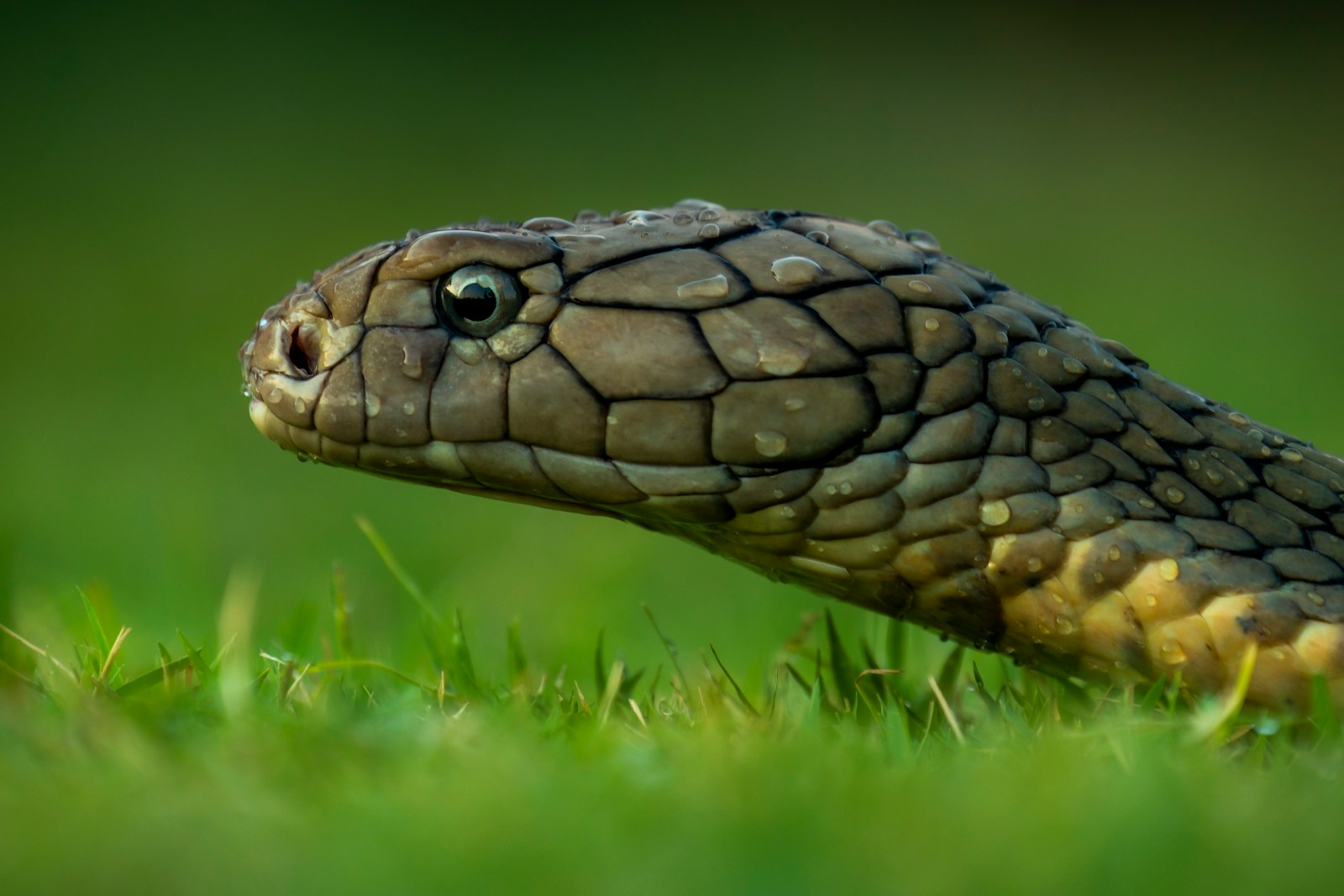
Snakes possess visual systems that differ significantly from human vision, with adaptations specifically evolved for their predatory lifestyle. Most snake species have rod-dominant retinas that excel at detecting movement and operating in low-light conditions rather than perceiving fine details or a wide spectrum of color. Nocturnal species, in particular, have highly specialized vision with adaptations like vertical pupils that can open widely to capture maximum available light. Interestingly, while snakes lack the cone diversity humans possess for color vision, research indicates they can perceive some wavelengths, particularly in the infrared spectrum for pit vipers. This unique visual physiology creates a foundation for understanding how artificial light might interact with their sensory systems in ways quite different from our own perception.
Thermal Attraction: Heat as a Drawing Factor
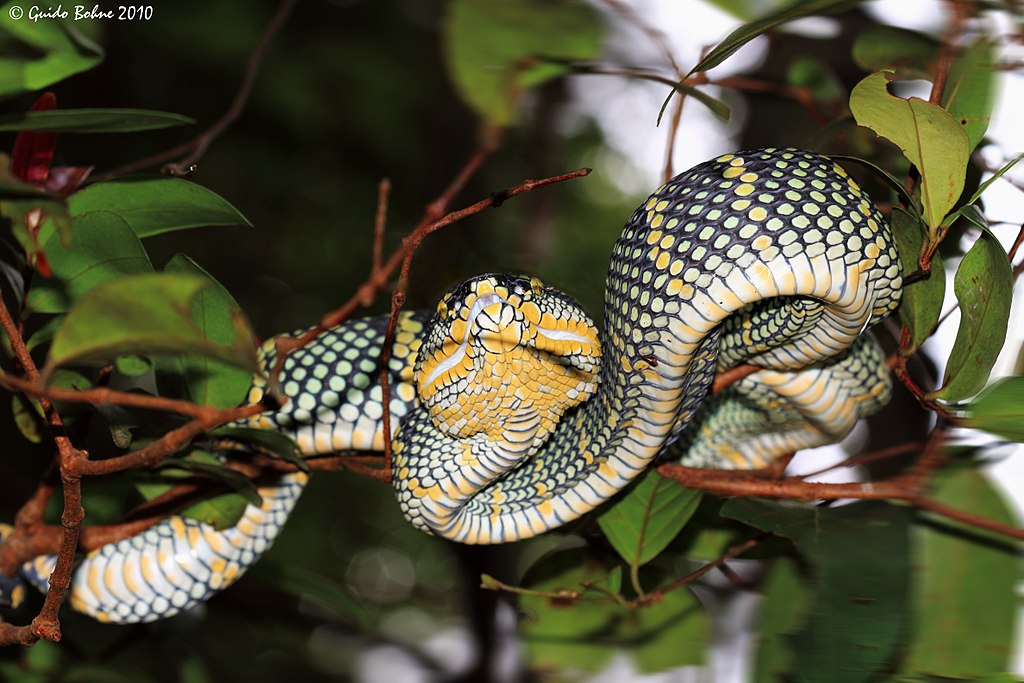
Many artificial light sources emit heat along with illumination, creating a thermal signature that certain snakes find irresistible. Pit vipers and other snakes with heat-sensing organs can detect even subtle temperature differences, allowing them to locate prey with remarkable precision in complete darkness. Traditional incandescent bulbs and certain LED lights produce warmth that may mimic the body heat of potential prey animals, essentially creating a false feeding opportunity that draws snakes closer. During cooler nights, this thermal attraction becomes even more pronounced as snakes, being ectothermic (cold-blooded), naturally gravitate toward warmth to regulate their body temperature. This thermal relationship explains why snakes are often found coiled near outdoor fixtures, particularly during seasons with temperature fluctuations.
Prey Concentration Around Light Sources

Perhaps the most significant factor drawing snakes to artificial light is the abundance of prey these illuminated areas attract. Insects swarm around lights in great numbers, creating an ecological hotspot that naturally draws insectivorous animals. Smaller reptiles, amphibians, and rodents come to feed on these insects, establishing a concentrated food chain that ultimately attracts snakes seeking to prey on these secondary consumers. This cascading effect transforms illuminated areas into hunting grounds where snakes can efficiently ambush prey with minimal energy expenditure. Research has documented higher snake activity around artificially lit areas specifically during peak insect activity periods, supporting the theory that many snakes are following food rather than responding directly to the light itself.
Disorientation and Confusion Effects

Artificial light can trigger disorientation in snakes, disrupting their natural navigational abilities and behavioral patterns. Studies suggest that sudden exposure to bright light can temporarily impair a snake’s ability to judge distance and direction, potentially causing them to move toward rather than away from light sources. This disorientation effect is particularly pronounced in juvenile snakes and certain species with highly specialized nocturnal vision. The phenomenon bears similarities to the well-documented disorientation of sea turtle hatchlings by coastal lighting, though the mechanisms differ due to the distinct visual systems of reptiles. For some snakes, this confusion may result in prolonged exposure in illuminated areas, making them more vulnerable to predators and human encounters.
Light Wavelength Preferences Among Snake Species
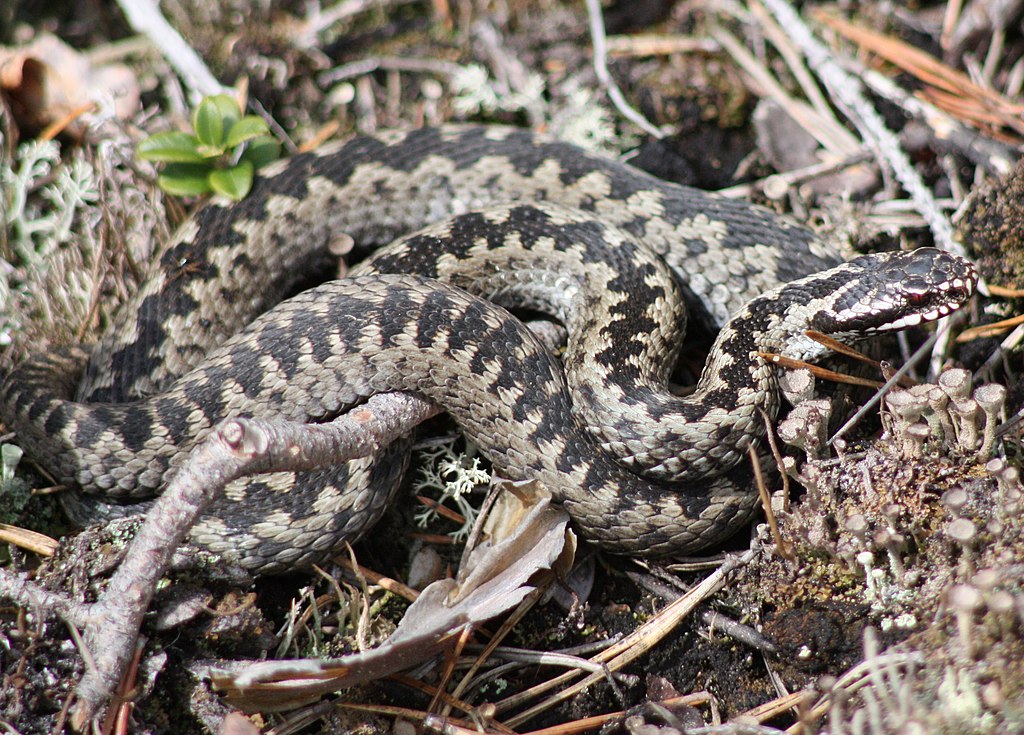
Different snake species show varying responses to specific light wavelengths, with research indicating that certain colors of light are more attractive or repellent than others. Studies examining snake behavior under controlled lighting conditions have found that many species show reduced activity under red lights compared to blue or white lights, suggesting a potential wavelength sensitivity. Pit vipers, with their specialized infrared-detecting organs, demonstrate particular responses to light sources emitting in both visible and near-infrared spectrums. This wavelength discrimination has practical applications in snake research, where red lights are often used to observe nocturnal snake behavior with minimal disruption. Understanding these preferences could potentially inform lighting designs in areas where snake-human conflicts are common.
Seasonal Variations in Light Attraction
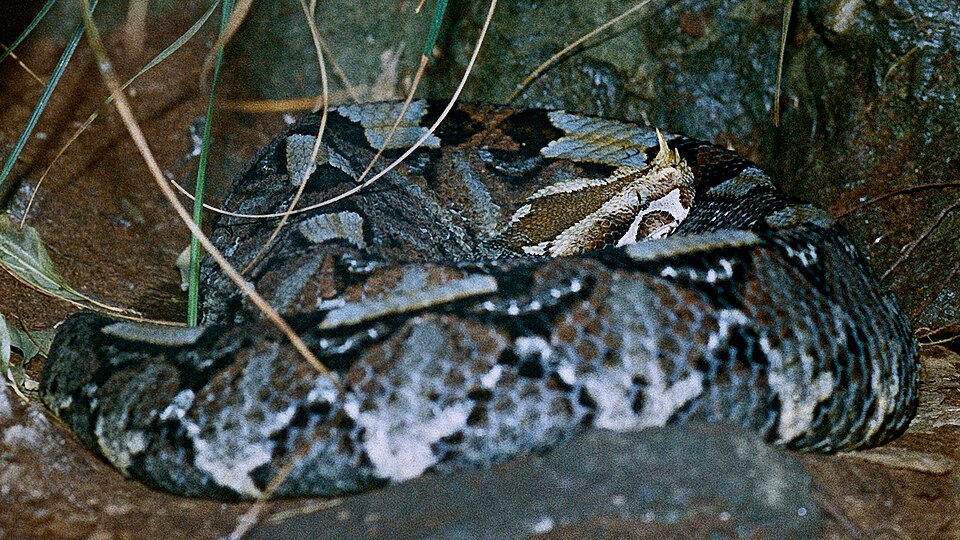
The attraction of snakes to artificial light demonstrates notable seasonal fluctuations tied to their annual activity cycles and changing environmental conditions. During spring emergence, when snakes become active after brumation (winter dormancy), their attraction to artificial light often intensifies as they actively seek warmth and feeding opportunities. Summer months typically show more consistent patterns of light-seeking behavior, particularly during the cooler evening hours when hunting is optimal. Fall brings another shift as some species increase feeding activity before winter dormancy, potentially making artificial light zones prime hunting locations. Winter activity around lights varies dramatically by region and species, with tropical and subtropical snakes maintaining light-associated behavior year-round while temperate species largely cease surface activity altogether.
Urban vs. Rural Light Attraction Patterns
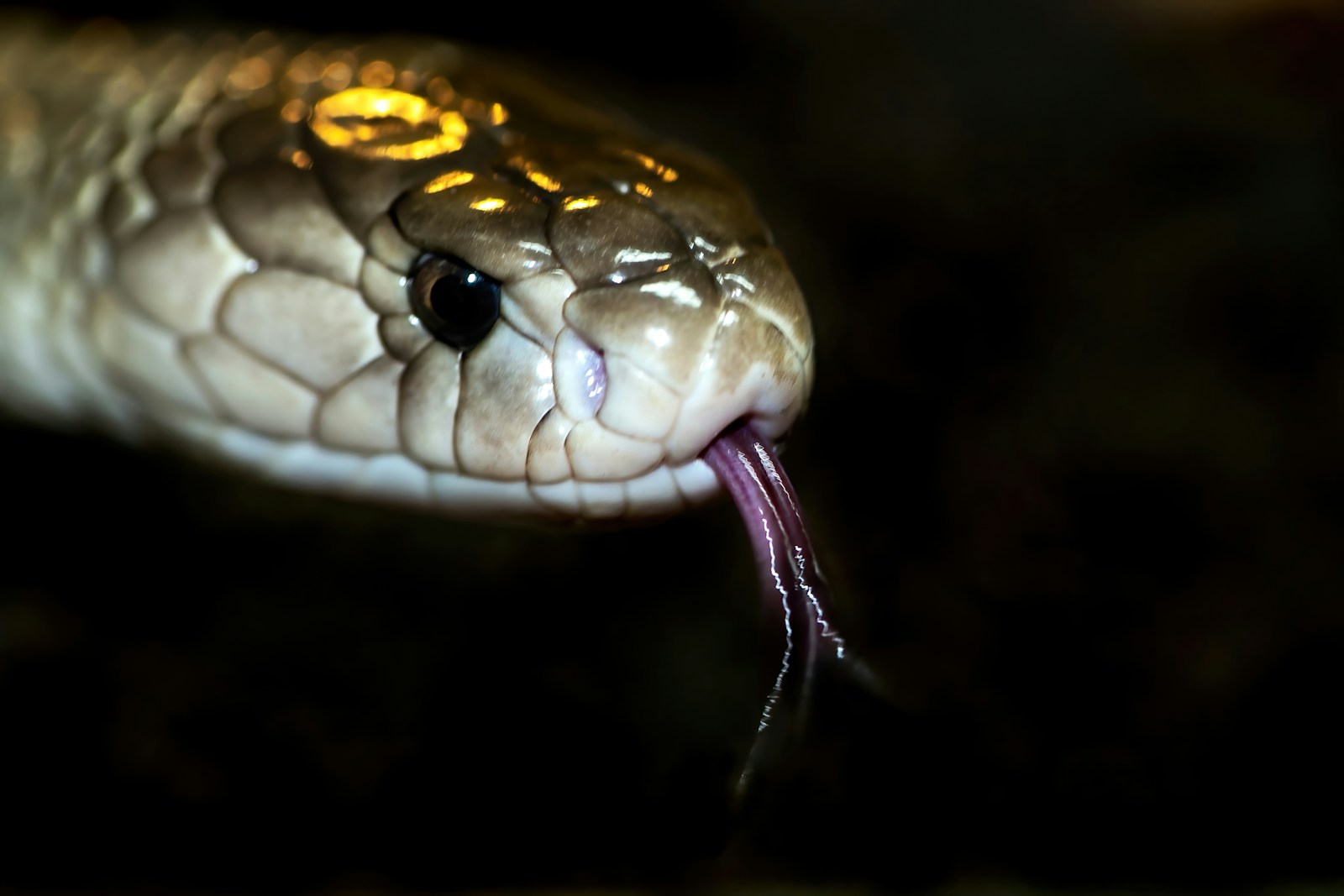
The phenomenon of snakes gravitating toward artificial light manifests differently across urban and rural environments, creating distinct ecological patterns. In urban settings, the constant presence of diverse light sources creates permanent alterations to snake behavior, with some species adapting to regularly hunt near predictable light sources like street lamps. Rural environments, with their lower density of artificial lighting, often show more dramatic clustering of snake activity around the few available light sources, particularly in remote areas where natural darkness prevails elsewhere. Research indicates that urban snakes may develop population-specific adaptations to artificial light, potentially including changes in activity timing and hunting strategies. These differences highlight how the context of light pollution shapes reptile behavior across the landscape gradient.
Impact on Snake Predation Success
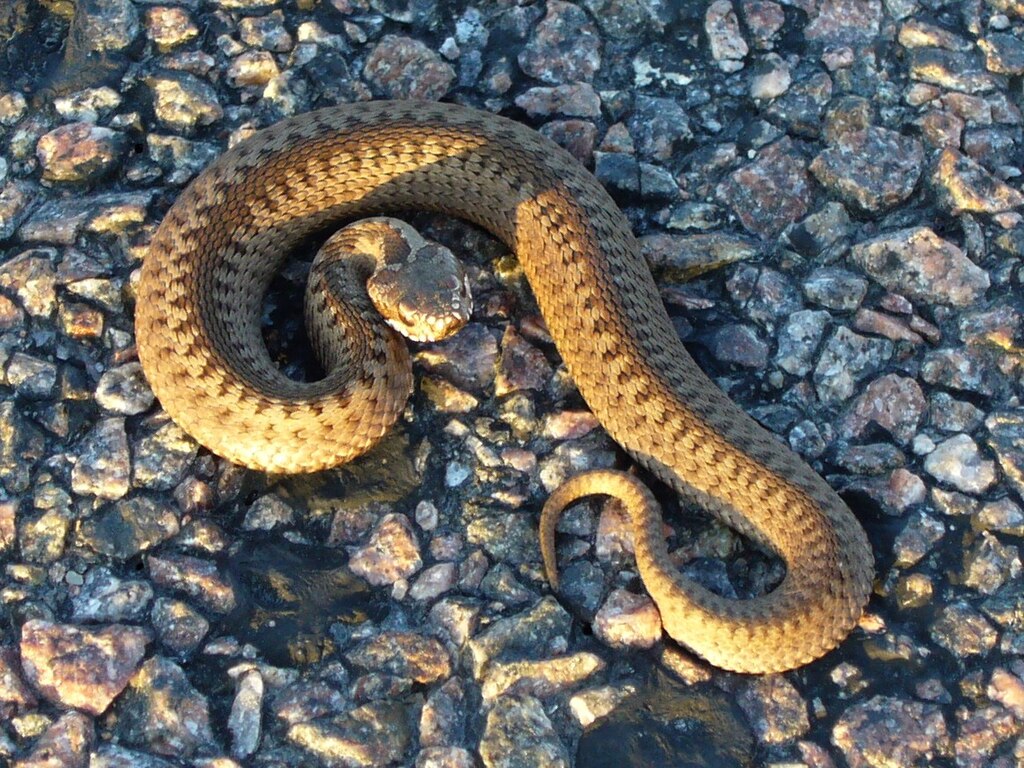
Artificial lighting creates complex effects on snake hunting efficiency, with both advantages and disadvantages for these reptilian predators. The concentration of prey around lights provides snakes with abundant hunting opportunities, potentially increasing their caloric intake with minimal search effort. However, the increased visibility also makes snakes more detectable to their own predators, creating a risk-reward scenario that varies by species and situation. Research has documented changes in strike accuracy and hunting behavior under artificial light conditions compared to natural darkness. Some snake species appear to modify their hunting techniques in illuminated areas, shifting from ambush tactics to more active foraging as they adapt to this novel environmental condition.
Evolutionary Perspectives on Light Attraction
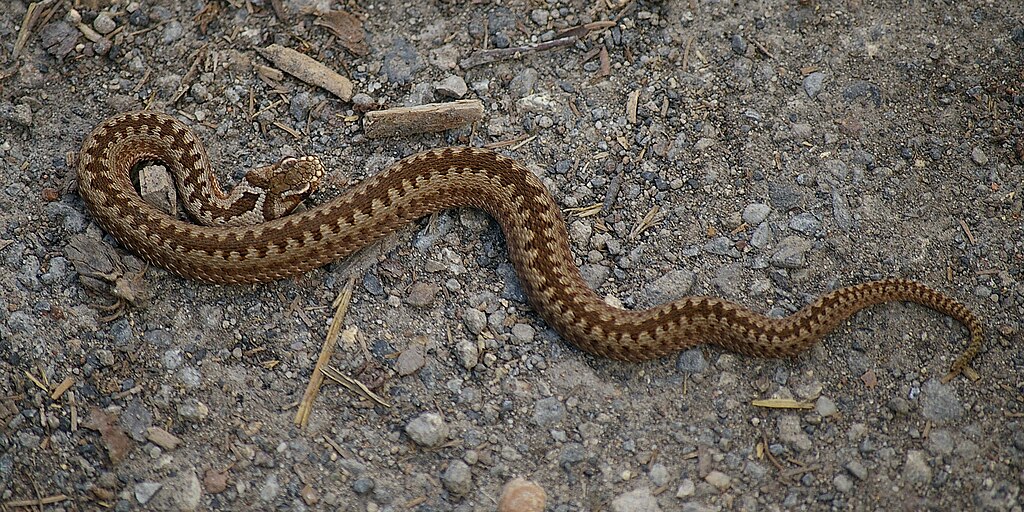
From an evolutionary standpoint, snake attraction to artificial light represents a response to an environmental stimulus for which these ancient reptiles have no evolutionary precedent. Modern artificial lighting has existed for only an evolutionary blink of an eye—roughly 150 years—while snakes have evolved over millions of years in environments where the only nighttime light sources were the moon, stars, and occasional fires. This mismatch between evolved sensory systems and modern conditions creates what ecologists call an “evolutionary trap,” where instincts that traditionally helped survival now lead animals into potentially harmful situations. Some researchers hypothesize that certain snake behaviors around light might represent repurposed adaptations originally evolved for moonlight navigation or detecting forest canopy openings. This evolutionary perspective helps explain why artificial light continues to attract snakes despite potential negative consequences.
Conservation Implications of Light Attraction
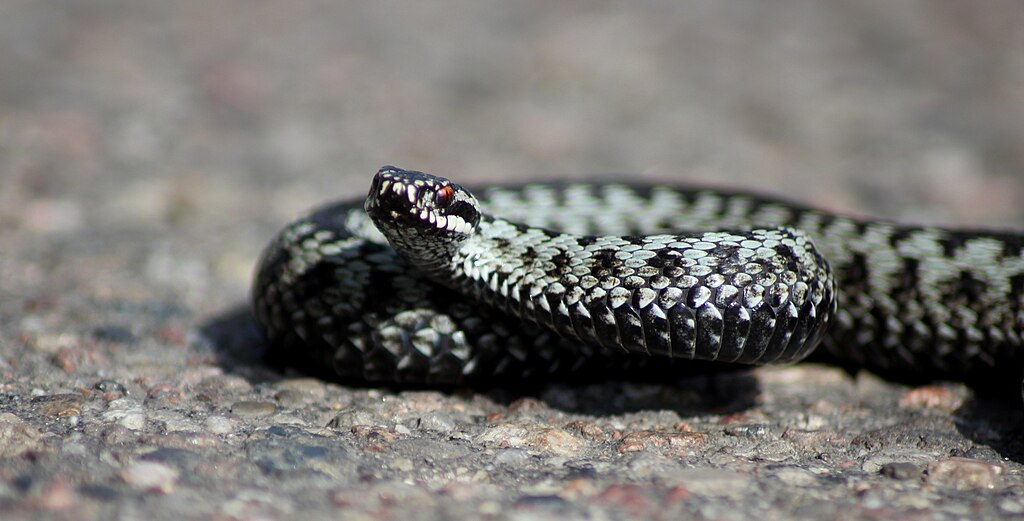
The attraction of snakes to artificial light raises significant conservation concerns, particularly for threatened and endangered snake species. Increased visibility around lights makes snakes more vulnerable to predators, vehicle strikes, and human persecution—especially concerning given widespread ophidiophobia (fear of snakes). Light pollution can fragment suitable habitat by creating illuminated corridors that some snake species are reluctant to cross, potentially isolating populations and reducing genetic diversity. For rare species with specialized habitat requirements, artificial light may disrupt critical behaviors like reproduction, feeding, and seasonal migration. Conservation biologists increasingly recognize the need to consider lighting in snake habitat management plans, with some protected areas implementing “dark sky” policies specifically to mitigate these impacts on native wildlife including serpents.
Practical Implications for Human-Snake Encounters
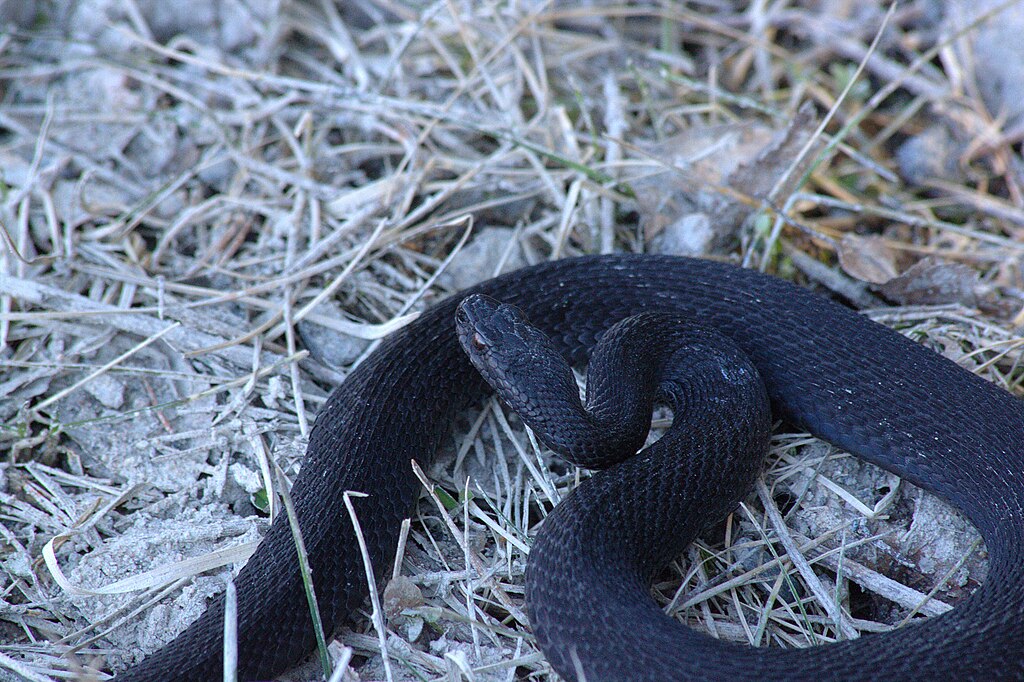
Understanding why snakes are attracted to artificial light has direct practical applications for reducing unwanted human-snake encounters in residential areas. Homeowners in snake-prone regions can minimize attraction by using motion-activated lighting rather than constant illumination, which reduces the time available for insect accumulation and subsequent snake attraction. Selecting yellower “bug lights” or amber LEDs can decrease insect aggregation compared to bright white or blue lights, indirectly reducing the prey base that attracts snakes. Positioning lights away from the ground and regularly clearing vegetation around illuminated areas reduces suitable hunting and hiding spots for snakes drawn to these locations. These practical measures can significantly decrease the likelihood of surprise encounters while allowing for essential outdoor illumination.
Research Methods for Studying Light Attraction

Scientists employ sophisticated methodologies to investigate the complex relationship between snakes and artificial light. Radio telemetry allows researchers to track individual snakes fitted with transmitters, revealing movement patterns and habitat use in relation to illuminated areas. Infrared camera traps set around different light sources provide valuable behavioral data without human presence altering snake behavior. Controlled laboratory studies using light chambers with variable wavelengths and intensities help isolate specific aspects of light attraction across different snake species. Field experiments manipulating lighting in natural settings, combined with before-and-after population monitoring, reveal community-level effects that might not be apparent from studying individuals. These diverse research approaches collectively build our understanding of how and why snakes respond to artificial illumination across different contexts.
Future Directions in Snake-Light Research
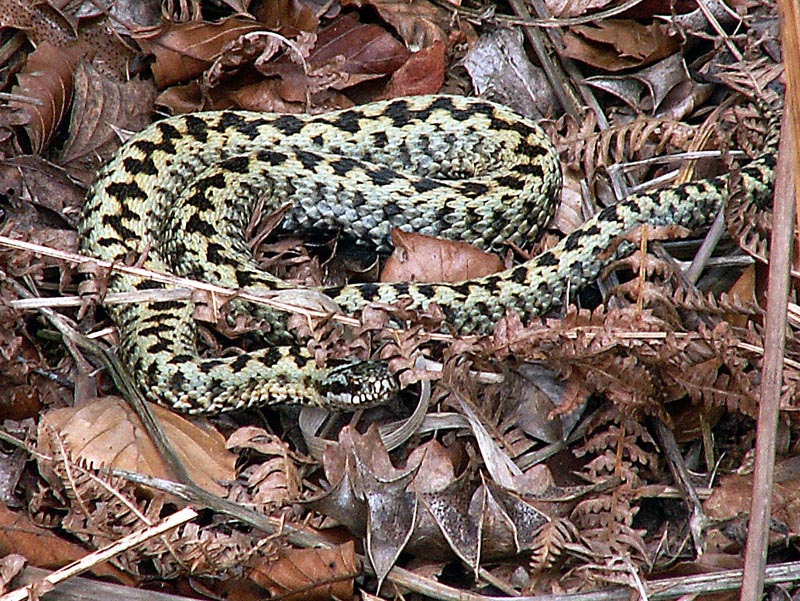
The field of snake responses to artificial light contains numerous unanswered questions that represent promising avenues for future research. Scientists are increasingly interested in potential shifts in snake communities in areas experiencing changing light conditions, such as developing rural areas or cities transitioning to different lighting technologies. Transgenerational studies examining whether snake populations show adaptation or habituation to artificial light across generations could reveal evolutionary responses happening on observable timescales. The potential for light-based management strategies, both to deter snakes from sensitive human areas and to minimize disruption in conservation contexts, remains largely unexplored but promising. As lighting technology continues to evolve, particularly with the widespread adoption of LED systems with highly customizable spectra, opportunities emerge for developing snake-sensitive lighting solutions based on their visual ecology and behavioral responses.
Conclusion
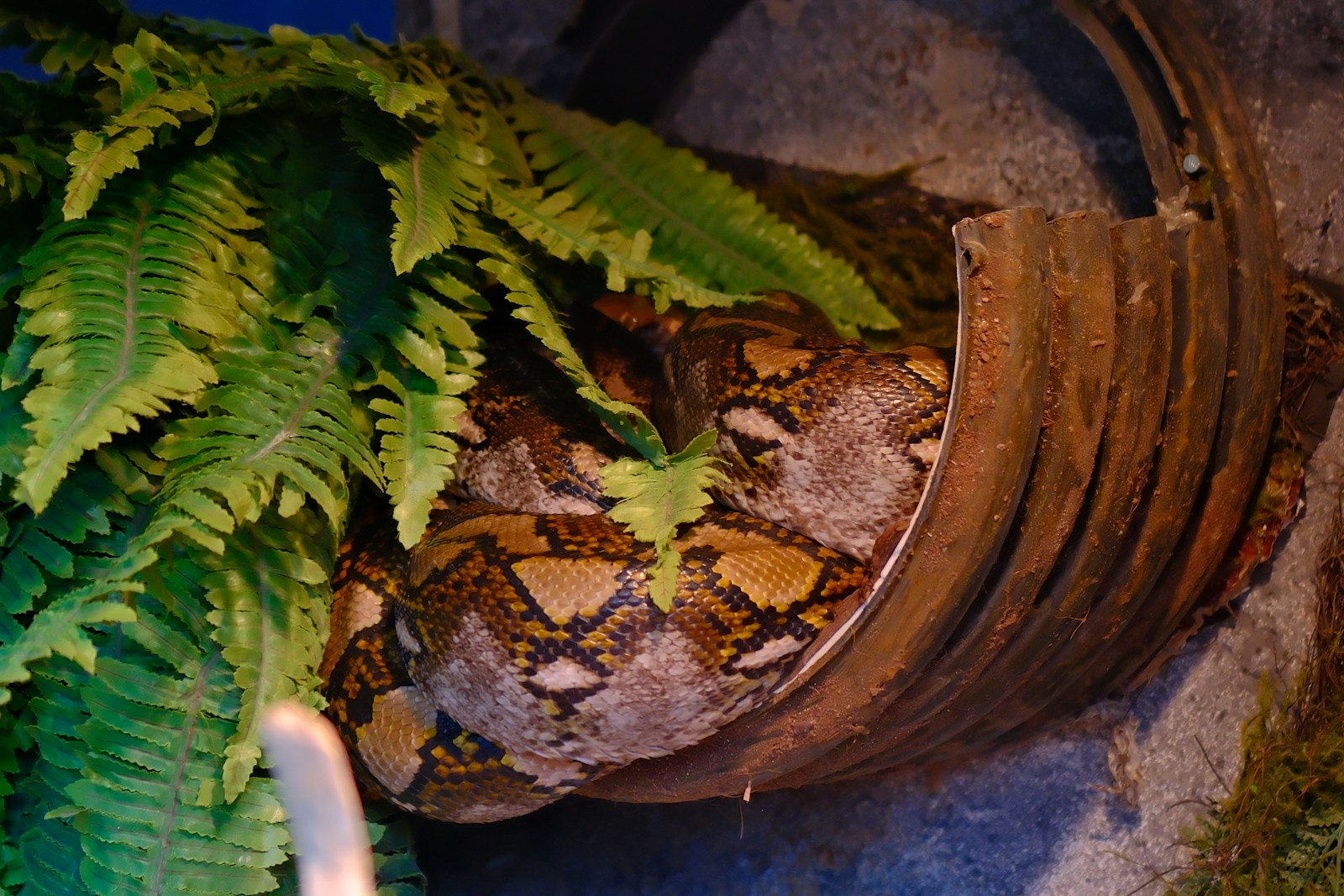
The attraction of snakes to artificial light represents a fascinating intersection of reptile biology, ecological dynamics, and human influence on natural environments. Through multiple mechanisms—from thermal attraction and prey concentration to disorientation effects—our illumination of the night inadvertently creates new behavioral patterns in these ancient reptiles. As we continue to expand our understanding of this phenomenon, we gain not only scientific insights but also practical knowledge for coexisting with these important predators. With thoughtful lighting practices and increased awareness, we can minimize negative impacts on snake populations while reducing unwanted encounters, striking a balance that respects both human needs and the evolutionary adaptations of these remarkable reptiles in our shared environment.

